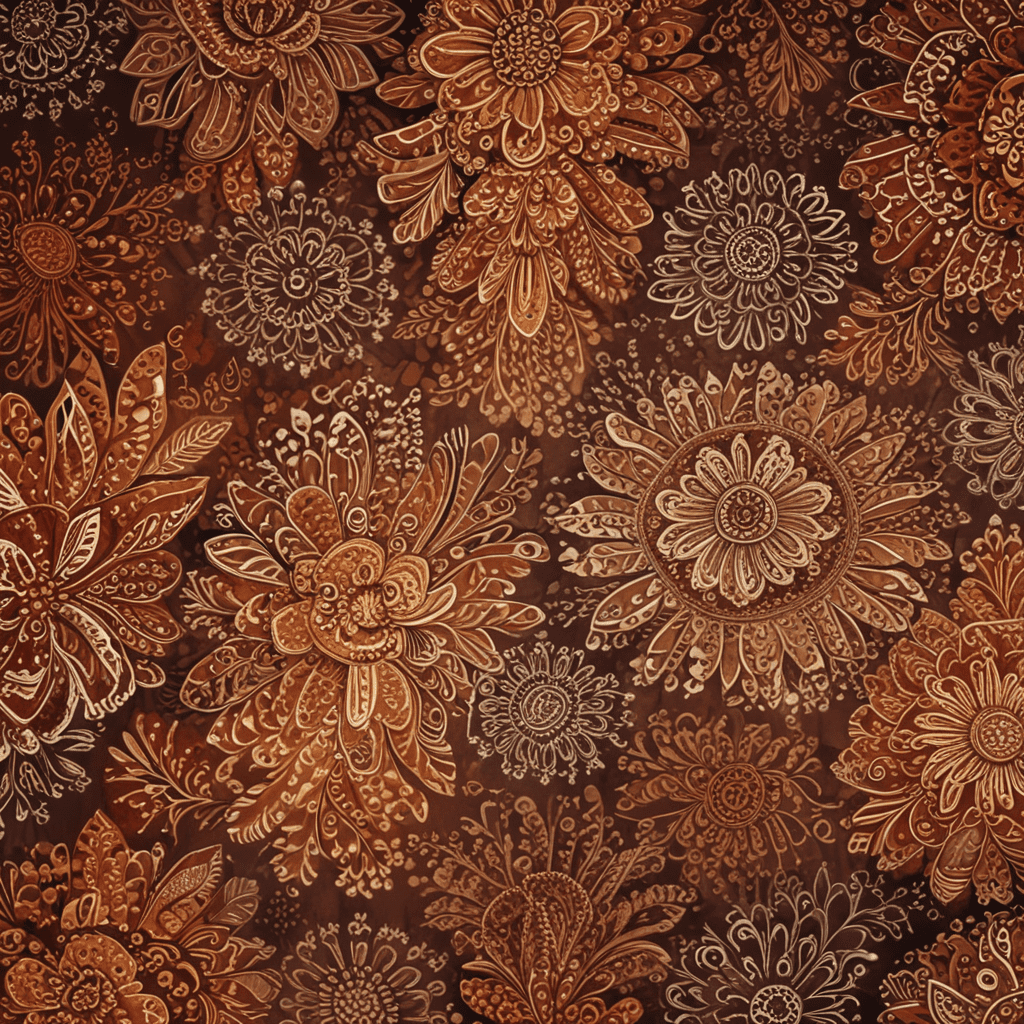Traditional Handloom Weaving in Bangladesh
1. Introduction
Bangladesh, a nation with a vibrant textile legacy, proudly boasts a thriving handloom weaving tradition. The artistry and craftsmanship behind these intricately crafted fabrics have been passed down through generations, shaping Bangladesh's cultural heritage and earning global recognition for their exceptional quality and beauty.
2. History of Handloom Weaving in Bangladesh
The roots of handloom weaving in Bangladesh date back centuries, with archaeological findings suggesting its existence during ancient times. Over the years, the craft has flourished under various influences, including Mughal artisans and British colonial rule, leading to the development of distinct weaving styles and patterns. Today, handloom fabrics remain an integral part of Bangladeshi culture and are widely used in traditional attire, home furnishings, and accessories.
3. Regions Renowned for Handloom Weaving
Several regions in Bangladesh have earned acclaim as hubs of handloom weaving. Tangail, known for its delicate Tangail Saris, and Jamdani sarees of Dhaka, famous for their intricate motifs. The bustling city of Rajshahi has become synonymous with its exquisite silk weaves, while the southwestern city of Khulna specializes in the production of soft and breathable cotton fabrics. These diverse weaving centers each contribute unique styles, showcasing the richness of Bangladesh's handloom tradition.
6. Artisans and Their Skills
At the heart of Bangladesh's handloom tradition lie the skilled artisans who possess an exceptional level of craftsmanship. These weavers, often passing their skills down through generations, undergo rigorous training to master the art of handloom weaving. They wield traditional looms with precision, deftly interlacing threads to create intricate designs and patterns. Their unwavering dedication and attention to detail are evident in every handwoven masterpiece.
7. Cultural Significance of Handloom Weaving
Handloom weaving in Bangladesh is more than just a craft; it is an integral part of the nation's cultural fabric. These woven textiles have long adorned traditional attires, adding vibrancy and elegance to festivals, weddings, and other special occasions. The motifs and designs woven into the fabrics often carry symbolic meanings, representing cultural beliefs and traditions. Handloom weaving also serves as a vital means of self-expression for artisans, allowing them to showcase their creativity and artistry.
8. Economic Impact of the Handloom Industry
The handloom industry plays a significant economic role in Bangladesh. It provides employment opportunities for millions of artisans, particularly in rural areas where it serves as a primary source of livelihood. Handloom fabrics are highly sought after both locally and internationally, generating substantial revenue for the country. Additionally, the industry supports ancillary businesses, such as those involved in yarn production, dyeing, and finishing.
9. Challenges and Threats to the Tradition
Despite its resilience, traditional handloom weaving in Bangladesh faces challenges. The advent of power looms and the influx of machine-made textiles have led to increased competition and downward pressure on prices. Climate change and natural disasters also pose threats, affecting the availability of raw materials and disrupting production. Preserving and promoting this valuable tradition requires ongoing efforts to support artisans and ensure their livelihoods.
10. Preservation and Promotion of Traditional Handloom Weaving
Recognizing the cultural and economic importance of handloom weaving, the government and various organizations are implementing initiatives to preserve and promote the tradition. These efforts include providing financial assistance, training, and access to markets for artisans. Local and international campaigns aim to raise awareness about the value of handwoven fabrics, encouraging consumers to support sustainable and ethical production practices. By fostering collaboration between artisans, designers, and stakeholders, the continuity and evolution of this ancient craft is safeguarded for generations to come.
FAQs
What materials are used in traditional handloom weaving in Bangladesh?
Handloom weavers primarily use cotton, silk, and jute fibers. These natural materials are sourced locally and processed using traditional techniques to ensure their durability and quality.
How long does it take to weave a handloom sari?
The time required to weave a handloom sari varies depending on its complexity and size. Intricate designs and larger saris can take several weeks or even months to complete.
What is the difference between a handloom sari and a machine-made sari?
Handloom saris are woven on traditional looms using hand-operated techniques. Machine-made saris, on the other hand, are produced on power looms, which are faster and more efficient. Handloom saris are generally considered to be of higher quality and more durable due to the skilled craftsmanship involved.


